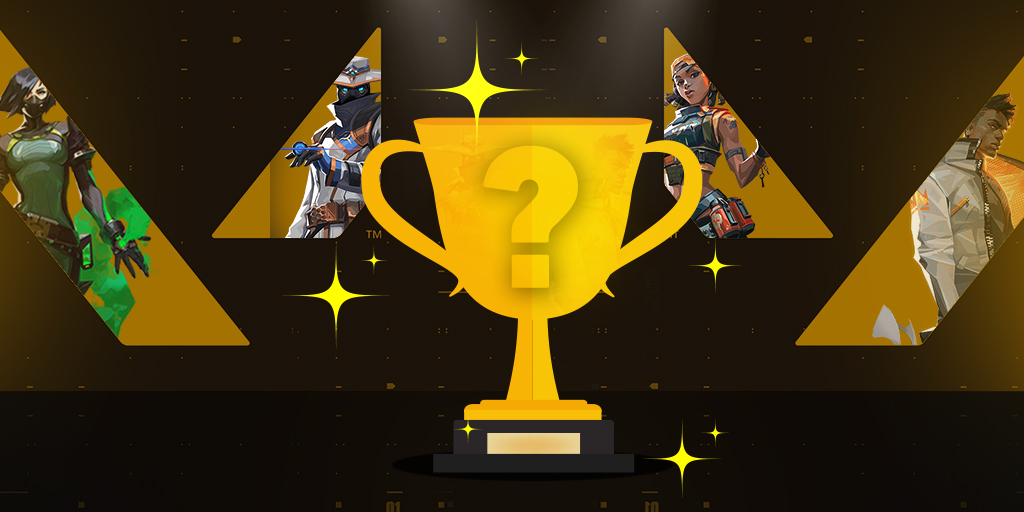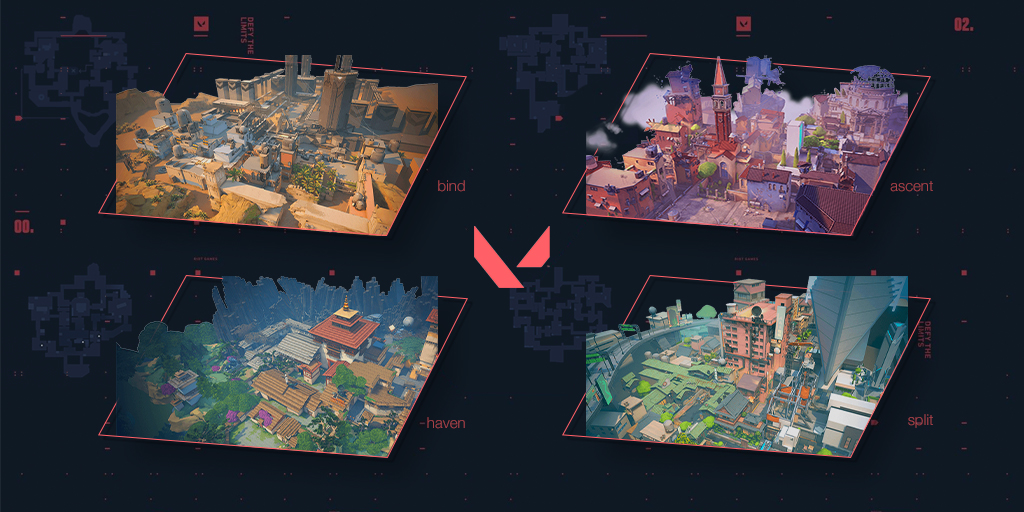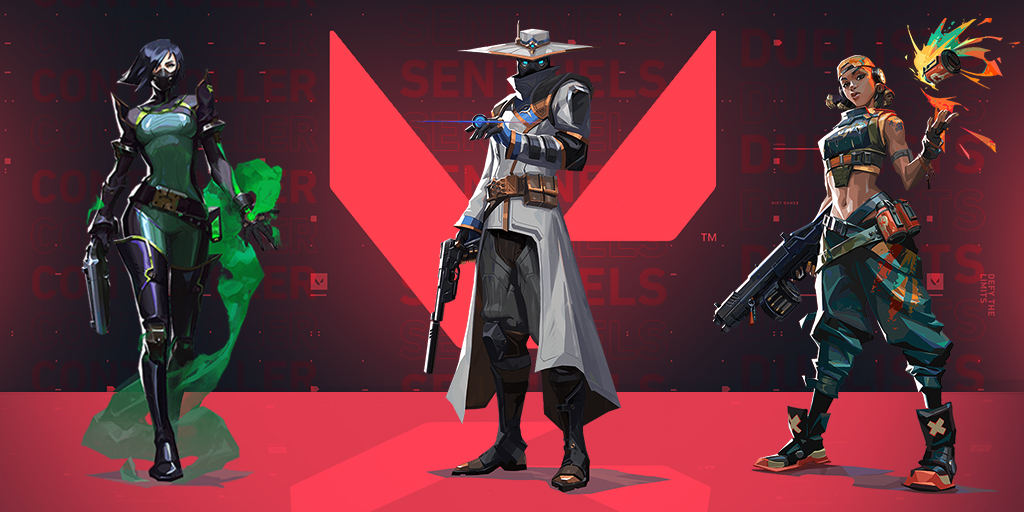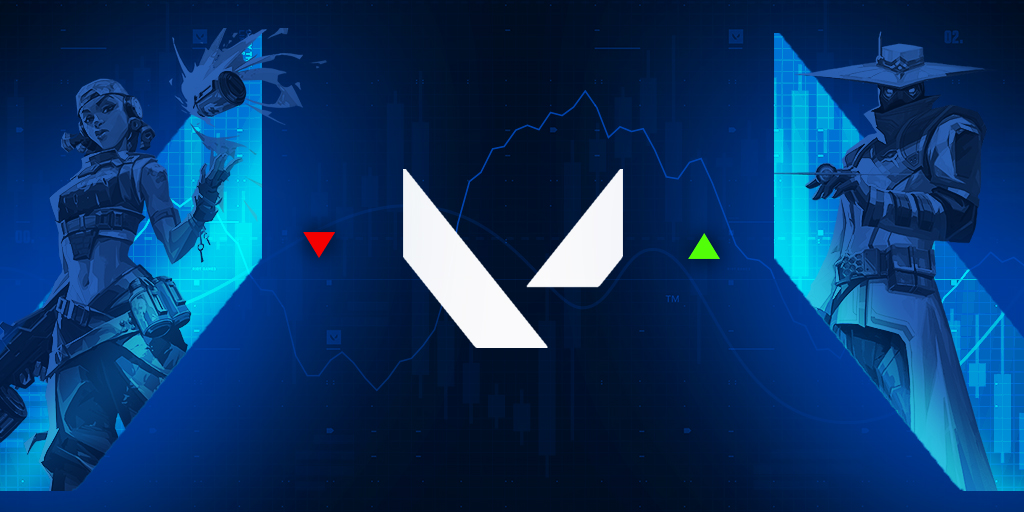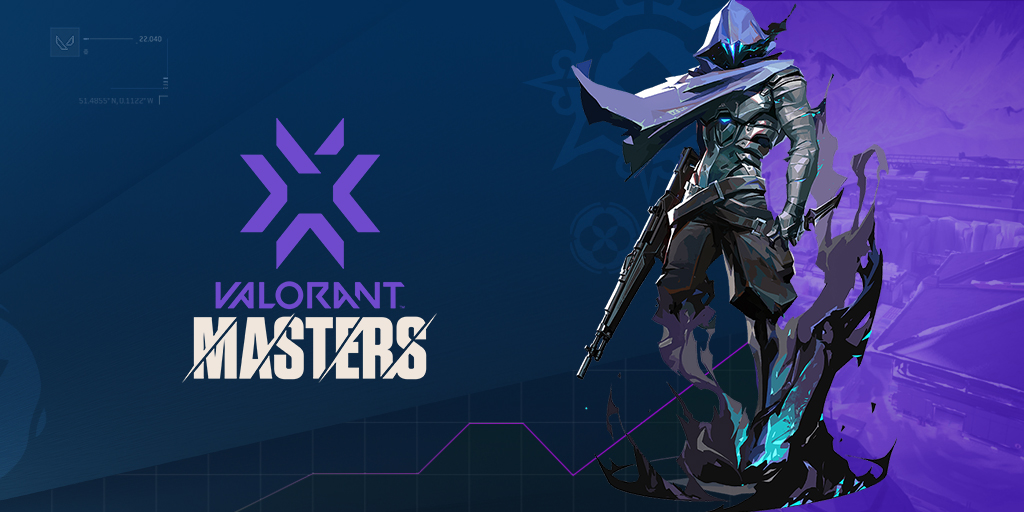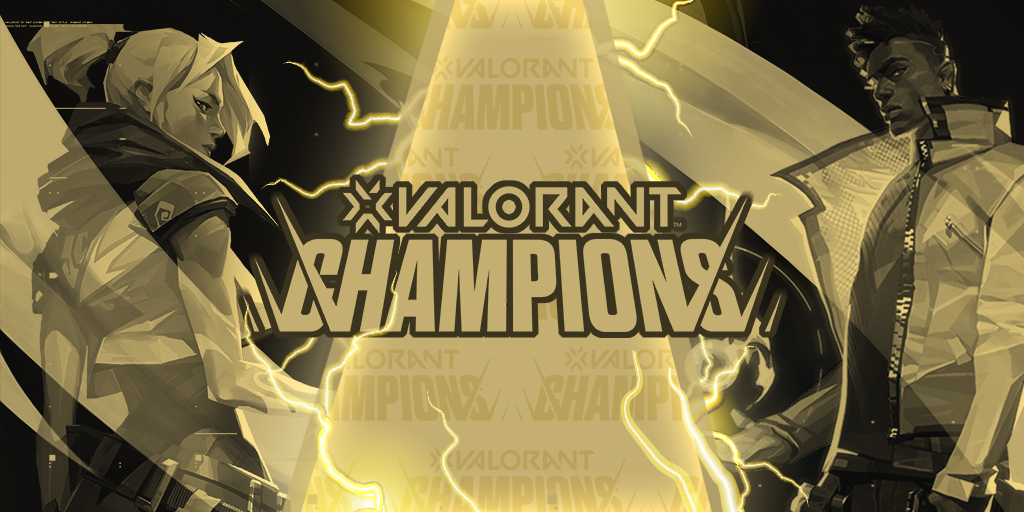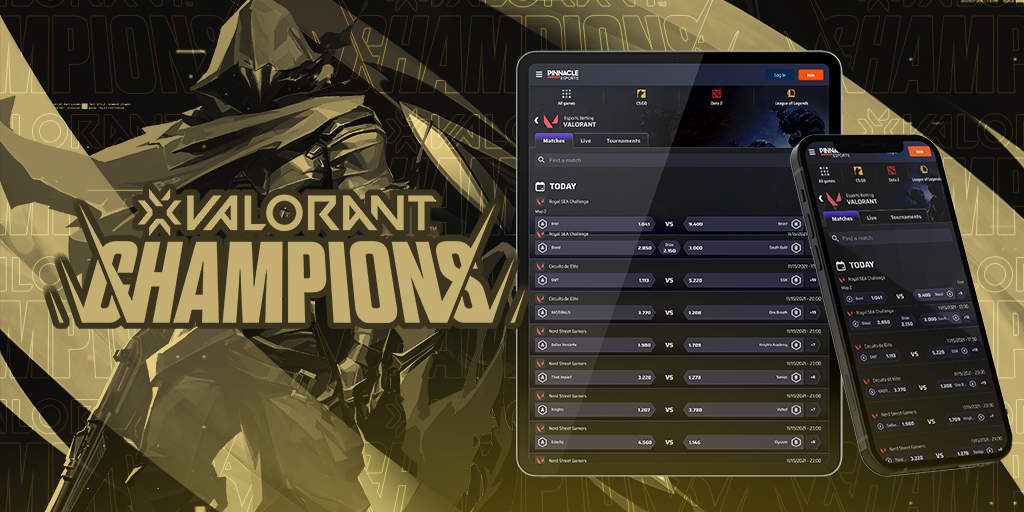With VALORANT’s official release having occurred in the middle of June, naturally everyone’s eyes are looking to where it’ll head next. A big expectation of many is that it’ll explode as an esport, but will it be viable, and what approach will it take? We muse over some potential directions.
VALORANT esports so far
To Riot’s credit, they managed to create a class-based FPS that is both fun to play and relatively simple to understand. They managed to take some of the best elements of CS:GO, its gunplay and economy system, and bring in MOBA influence clearly seen in the various characters’ abilities. That MOBA influence is not too dissimilar to another class-based FPS – Overwatch.
Riot are following what they laid out in their Community Competition Guidelines, stepping between their determined Small and Medium tournaments.
That mix of fun to play and ease of understanding was missed by Activision Blizzard when they launched Overwatch. Overwatch has been notoriously difficult to observe, with large maps, characters running at different speeds and a lot of play occurring off the ground. VALORANT, on the other hand, is predominantly held on the ground, with all characters running at similar speeds, with little to no play in the air and tight enclosed maps. Riot managing to nail this key difference, making sure the action was focused so it’s easier to track and, crucially, to watch.
So far in VALORANT’s short lifespan, the competitive scene of the game has been run by a string of independently organised tournaments. These have been run by a mix of organisations familiar to CS:GO and Riot’s other title League of Legends, like G2, Fnatic and 100 Thieves, or straight up third-party community organisers. So far, prizepools have only occasionally ventured above $10,000, with the majority so far offering out below $5,000.
The tournaments have been a mix of “showmatches” and serious, competitive events, with streamers and active players in other titles competing in the former, with players looking to make it big in VALORANT tending to stick to the latter. With Riot having opened the ability for anyone to launch a tournament with a prizepool under $10,000 through its community competition guidelines, it was probably inevitable both kinds of events would be utilised at the birth of the game.
- Read: What is VALORANT?
In terms of game’s current competitors, it shouldn’t come as surprise that the majority of players hark from the FPS titles CS:GO or Overwatch. However, barring a small number of contrary examples, like 2019 Overwatch League winner and MVP Jay "sinatraa" Won moving to the game, the vast majority of players that have transitioned had either started to come towards the end of their competitive careers with their games, or are noted second or third tier players who never broke through the ceiling to the top tiers.
But, this is only the start of the title’s ecosystem. The real question is if this hype and growth can be continued into the future, and what direction will Riot take with its second major release?
What is Riot’s approach?
So far, the start of VALORANT’s competitive scene isn’t too dissimilar to that of League of Legend’s beginnings. Working with third-parties, launching community tournaments and slowly implementing an established ecosystem controlled by themselves. However, there’s a few key differences to 2009 and 2020.
So far in VALORANT’s growth, Riot are yet to properly issue a focus on the game’s nascent competitive scene. This isn’t necessarily a surprise, as at the time of writing the game has only been available to the public in its beta stage for just under three months, and its full release for just over two weeks. It’s natural for a developer to prioritise growing its player base over immediately commencing an esports scene.
The natural way to do that in 2020 is to use a whole host of online influencers. So grabbing up those with the largest reach makes sense in order to make the game itself viable for years to come, especially if they intend to live alongside, and potentially compete with, CS:GO. Making sure the game has a strong mix of fun, competition and efficiency, so the game runs without it being a resource hog.
Riot are following what they laid out in their Community Competition Guidelines. Until mid-June, pretty much every event held in VALORANT was classed under the “Small Tournament” bracket, seeing prizepools capping out at $10,000 and having no input from VALORANT in their design or implementation.
The Ignition Series can be seen as the first set of Medium Tournaments, hosted by “Middle-Tier” businesses as well as esports organisations. With prizepools above that $10,000 limit and seeing creative and competitive backing from Riot, the Ignition Series is that second step on Riot’s list. However, as noted in their document, tournaments like the Ignition Series won’t have any impact on the wider VALORANT esports ecosystem.
The first of these would be hosted by European organisation G2 esports. With the freedom of not directly impacting a wider ecosystem, the G2 tournament featured a mix of influencers, streamers, and would-be professional players. It’s not a hyper-competitive tournament, a fact immediately obvious from the inclusion of G2 CEO Carlos “ocelote” Rodriguez, and players from the game’s established teams dotted around different rosters.
Group A is STACKED
— G2 Esports (@G2esports) June 18, 2020
Which team will come out on top? Presented by @redbullgaming
⏰ https://t.co/pw4uh7M9Rd pic.twitter.com/gcgqMRvy4y
Which leads to the third step, “Major Tournaments.” Riot laid their cards down immediately with the intended organisers list, coming out strong asking for the best of the best third-party organisers listing ESL, DreamHack and OGN as their examples. For those aware of League of Legend’s history that wouldn’t be a surprise, as Riot had worked with all three in the initial growth stages of LoL competition.
By their own admission, the Major Tournaments aren’t intended to be the final iteration of VALORANT competition, simply being the “prelude” competition. As well as that, Riot showed their intentions by stating they’ll simply be “Official Semi-Pro” events, rather than making the third parties organisers of their intended top level competition, merely contributing to the game’s “global esports ecosystem.”
So what would happen after that third step? So far it’s unannounced, but it’s hard not to look to League of Legends for an immediate comparison. Many expect the developer to continue to follow in the footsteps of their first game, replicating the process that made them an esports hit. After years of growing the game thanks to the likes of third-party organisers and a semi-regulated circuit, they’d likely bring it all in-house, operating the highest echelons of their leagues and competitions by themselves.
How long will it take?
Many would wonder, how long it would take to get to that point, where Riot would take direct control of everything at the top of their game. While League of Legends was released in 2009, Riot didn’t hold the first World Championship event until 2011, and the LCS circuit itself didn’t start until 2013.
To Riot’s credit, they managed to create a class-based FPS that is both fun to play and relatively simple to understand.
However, the Riot Games of 2020 is a much leaner operation than their early 2010s iteration. In a normal scenario, it wouldn’t have been a massive surprise if the first Riot-backed Major event occurred before the end of 2020, or at the very least the start of 2021, before launching into its world circuit in the middle-to-end of that year.
However, the world is currently not in any sort of normal scenario. The current COVID-19 pandemic proves the biggest obstacle to VALORANT’s esports viability, as the opportunity to host LAN events, the pinnacle of esport competitions, is severely limited. This limits access the ability to create content around the game’s rising stars and bring together the top players from different regions.
Outside of time, there are a number of questions for how else Riot would treat their newest title. Would they stick to how they treat League of Legends, aiming to be safe and super strapped up, clean and serious with the broadcasts? Or would they try something different, going for something akin to CS:GO broadcasts, where they’re more laid back, allowing talent more creative freedom than is necessarily found on an LCS broadcast.
- Read: Roles in VALORANT
In terms of viability, VALORANT has everything it needs to become a successful esports title. It has a developer with a strong track record at delivering esports competition, buy-in from community figures and a large amount of hype backed by a string of tournaments and a carefully designed plan. Most importantly of all, however, VALORANT is a fun and simple game to both play and watch.

